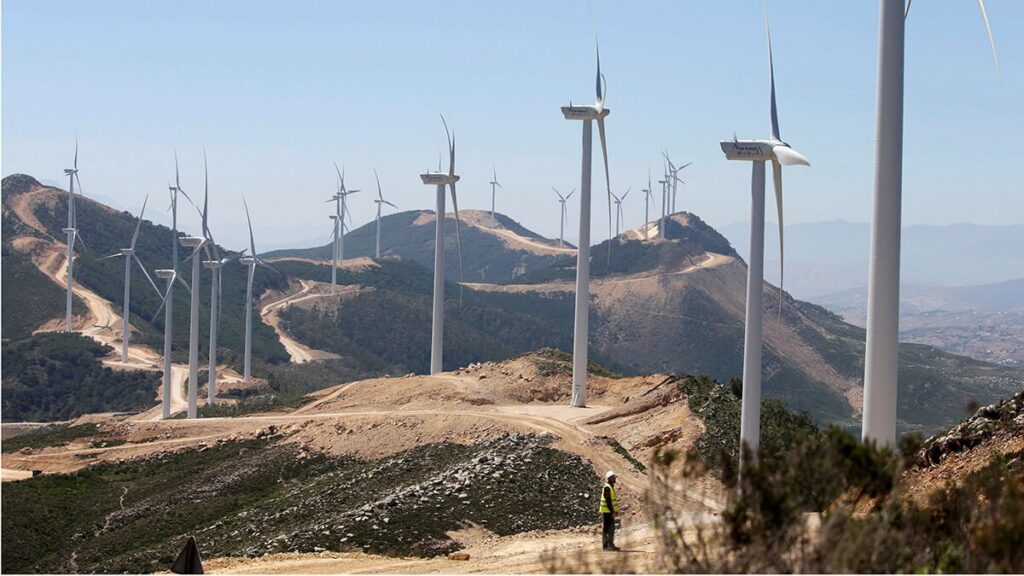Rabat wants to continue taking steps towards an increasingly closer relationship with Europe. With the regional leadership increasingly settled in the face of the Algerian crisis, the country chaired by Aziz Akhanouch wants to move towards a future marked by green energies. And this is what the pharaonic investment that Morocco is carrying out in this type of resources shows, with the intention of positioning itself as one of the main alternatives for the Old Continent in terms of supply.
Since the middle Five Days, it is noted that “with an accumulated investment of about 16,400 million euros (…) the Kingdom of Morocco could become a major supplier” of hydrogen to the European continent. Moreover, the intention of the Alawite kingdom is to be able to supply 5% of all continental demand. With Spain and Italy ready to facilitate the supply of Moroccan hydrogen, the Kingdom has set itself the goal of generating 160 terawatt-hours by 2050.
This transfer of energy would require an infrastructure that is not yet available, but which is already being worked on. Morocco has been improving its efforts in this sector since 2021, and already in 2022, Cepsa announced the construction of a hydroductor that would allow the import of hydrogen from Morocco and whose destination would be San Roque, in Cádiz. And this point is key because, as pointed out by the same media, the exploitation of Moroccan potential requires “an infrastructure that physically connects the Iberian Peninsula with North Africa and the rest of Europe.”
The magnitude of the investment that Morocco is betting on is appreciated thanks to studies such as the one commissioned by the European Commission. He assures that Rabat could exceed Spanish production by up to 30% by that deadline set in 2050. For this, more projects are needed, in addition to the already mentioned Cepsa one. One of the most important plans aims to be that of Spain and France with the H2Med and the backbone network that Enagas projects for the year 2040, which already incorporates physical interconnections of the Kingdom with a center in Tarifa.
It is worth highlighting the advantages that this progress brings, and for this reason Morocco has decided to focus on this energy. The transport of hydrogen by tube, as will be done thanks to this project, reduces energy losses, in addition to oversizing the electrical infrastructure in order to get the same amount of hydrogen to the destination. This represents an important step forward in what was recently a utopia, but is already appearing as a reality: “The decarbonization of European industry is possible,” according to the aforementioned Brussels report.
Source : Atalayar


